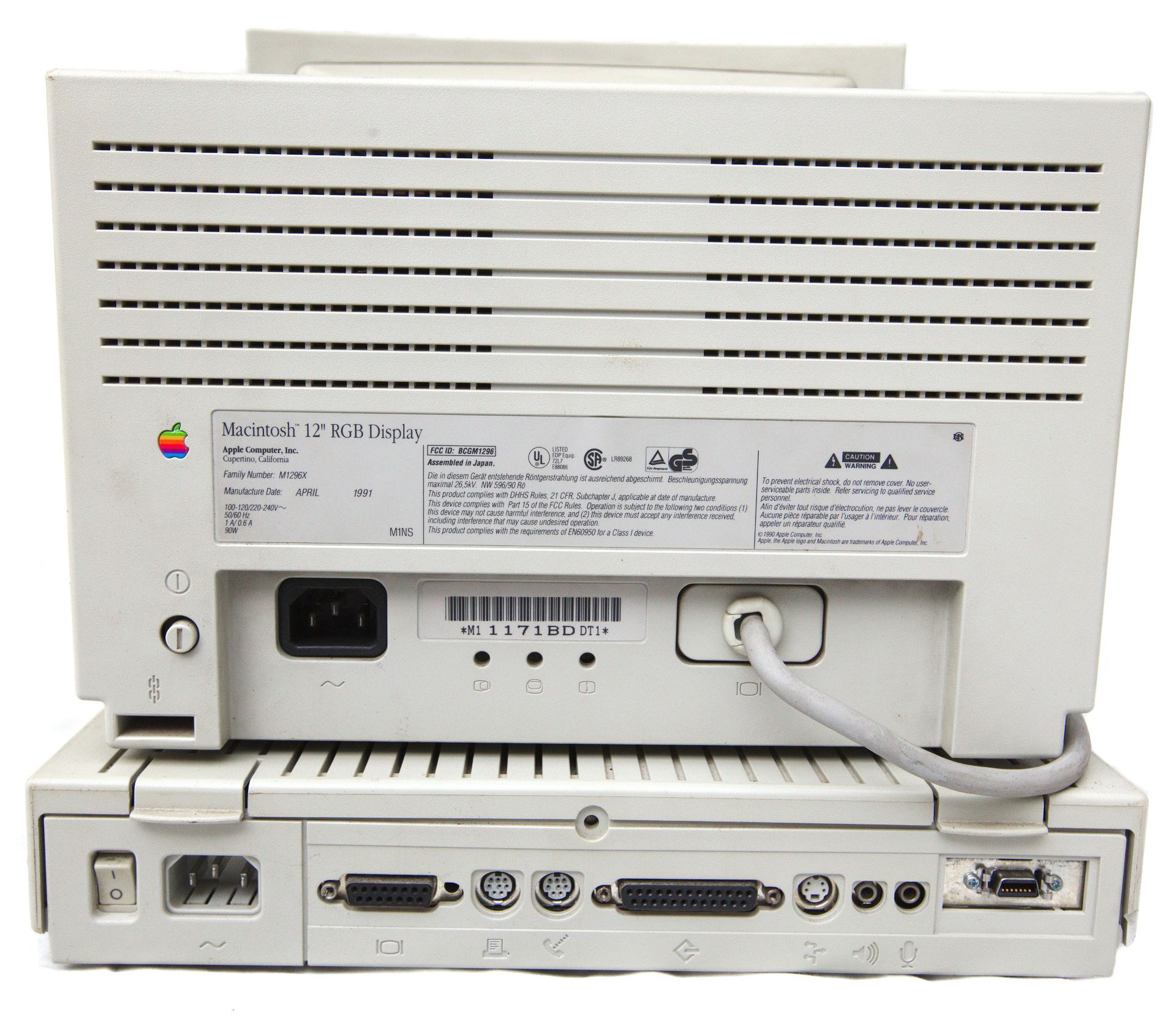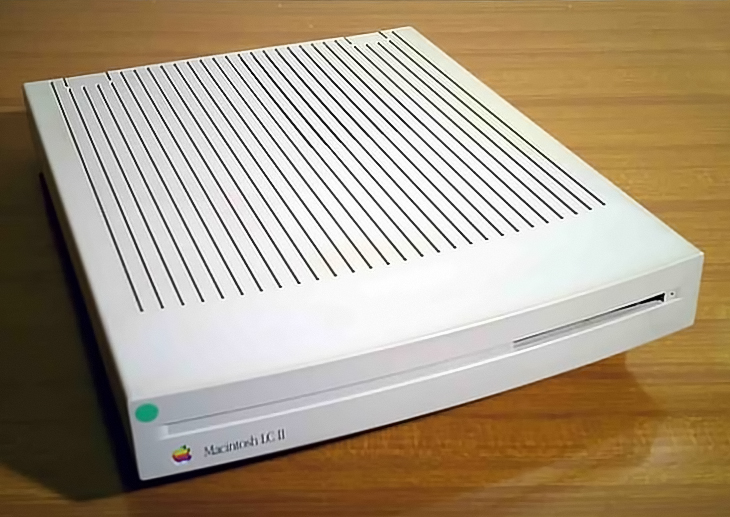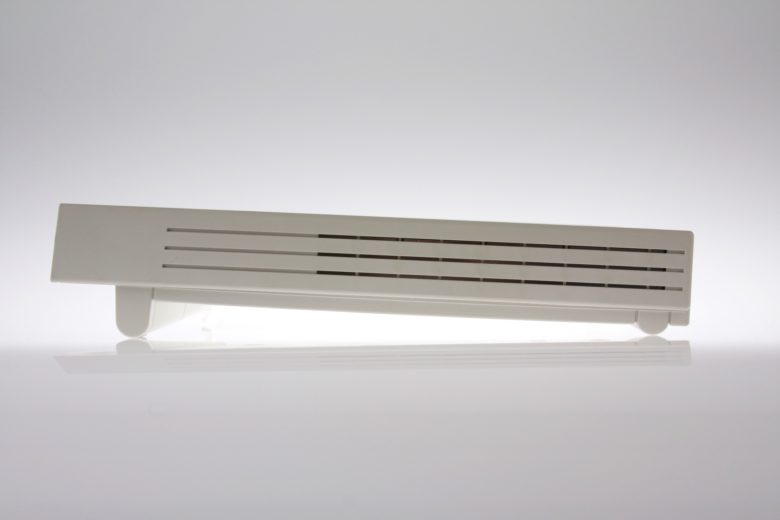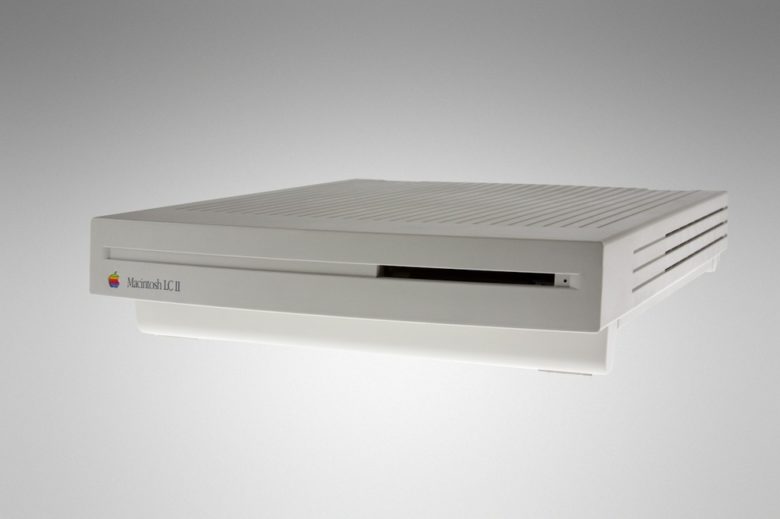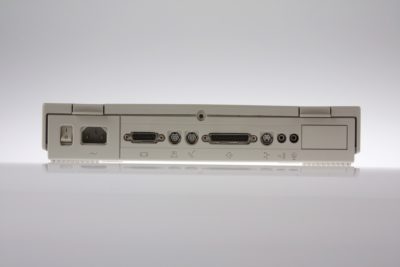On March 23, 1992, another of Apple's personal computers saw the light of day. It was the Macintosh LC II – a more powerful and at the same time slightly more affordable successor to the Macintosh LC model, which was introduced in the fall of 1990. Today, experts and users refer to this computer as the "Mac mini of the nineties" with a bit of exaggeration. What were his advantages and how did the public react to him?
It could be interest you
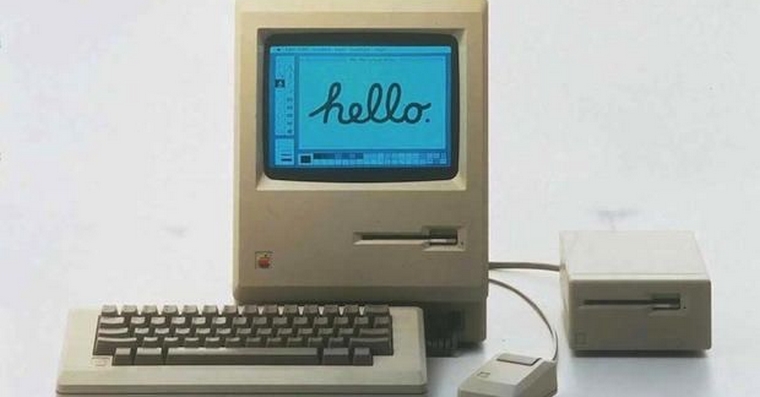
The Macintosh LC II was deliberately designed by Apple to take up as little space as possible under the monitor. Along with performance and a relatively affordable price, this model had a lot of prerequisites to become an absolute hit among users. The Macintosh LC II was delivered without a monitor and was certainly not the first Apple computer of this kind - the same was true of its predecessor, the Mac LC, whose sale was discontinued when a more powerful and cheaper "two" appeared on the scene. The first LC was a fairly successful computer - Apple managed to sell half a million units in its first year, and everyone was waiting to see how its successor would fare. Outwardly, the "two" did not differ much from the first Macintosh LC, but in terms of performance there was already a significant difference. Instead of the 14MHz 68020 CPU, which was equipped with the first Macintosh LC, the "two" was fitted with a 16MHz Motorola MC68030 processor. The computer ran Mac OS 7.0.1, which could use virtual memory.
Despite all the possible improvements, it turned out that in terms of speed, the Macintosh LC II is slightly behind its predecessor, which was proven by numerous tests. Nevertheless, this model has found many supporters. For understandable reasons, it did not find an interested party among demanding users, but it excited a number of users who were looking for a powerful and compact computer for everyday tasks. The Macintosh LC II also found its way into a number of school classrooms in the United States in the 1990s.
 Flying around the world with Apple
Flying around the world with Apple 